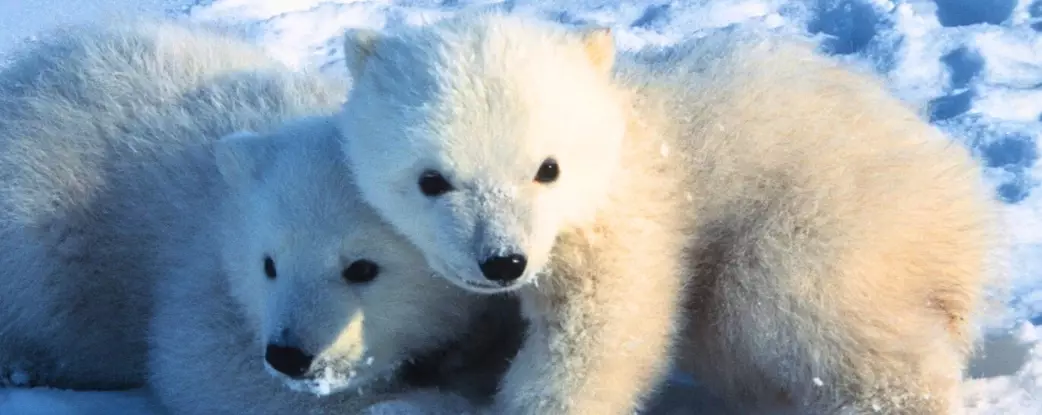Polar bears (Ursus maritimus) are iconic symbols of the Arctic, embodying the beauty and fragility of one of the world’s most extreme ecosystems. Recent advances in remote camera technology have allowed researchers to observe the intricate lives of polar bear cubs as they emerge from their dens, providing unparalleled insight into their early development. This detailed look into maternal care, cub growth, and survival rates is vital for understanding how these magnificent creatures are faring in a rapidly changing environment.
From the moment they are born, polar bear cubs are entirely dependent on their mothers for survival. These tiny, hairless creatures weigh roughly half a kilogram at birth and spend their initial months in a maternal den fashioned from snow and ice. The den serves as a sanctuary during the brutal Arctic winter, shielding cubs from freezing temperatures. Inside this insulated chamber, the warmth provided by the mother and her siblings ensures the health and growth of the cubs, allowing them to thrive on a diet exclusively made up of their mother’s rich milk.
As the seasons change, the nutritional regime of the cubs evolves with the introduction of seal blubber, which is essential for their physical development. By the time they leave the den in the spring, cubs can weigh around 10 kilograms. However, the challenges for these cubs do not end with their emergence into the world; the first few years of life are fraught with danger. Research indicates that fewer than 50% of cubs survive to adulthood, making effective denning practices essential for their survival.
The laborious and instinctual act of denning is just one of the many fascinating behaviors exhibited by polar bear mothers. To ensure their families are well-protected, mothers dig dens deep in the snow, often several meters below the surface, featuring a dual-entry system for ventilation and safe exit. This method, while proficient at providing safety, presents significant challenges for researchers. The dens are often tough to access, obscuring vital behavioral observations.
To circumvent these obstacles, scientists have deployed GPS collars on female polar bears, allowing them to track the animals to their dens in Svalbard. Despite extensive usage of time-lapse cameras from 2016 to 2023 across multiple locations, footage of mothers with cubs has remained limited. Polar bear ecologist Jon Aars from the Norwegian Polar Institute notes that while satellite data offers insights into the mothers’ behaviors, observational data remains crucial for understanding the broader context of how environmental factors affect bear behavior during the denning period.
The data recently collected revealed a notable trend among Svalbard bear families: they emerged from their dens earlier than previously documented. This change raises concerns regarding the implications for cubs that may not fully develop before facing the harsh conditions of the Arctic environment. It remains to be seen whether this trend will continue or if it may signify an adaptive response to climate fluctuations.
Upon emerging, the polar bears typically remain near their dens for an average of 12 days, a period characterized by significant exploration but also dependency; cubs are seldom seen without their mothers. This reliance highlights the critical role mothers play in nurturing their young through the initial stages of life, as evidenced by the documented video where a mother leads her three cubs out into the world.
As climate change accelerates and human activities expand in the Arctic, the challenges facing polar bear populations intensify. According to ecologist Louise Archer from the University of Toronto Scarborough, understanding these early life stages is crucial for developing effective conservation strategies. The importance of protecting denning habitats cannot be overstated, as they are essential for cub health and survival.
With the addition of new perspectives provided by video analyses, conservationists believe that insights gathered from studies like these can guide the implementation of protective measures tailored to the unique needs of polar bears. As the Arctic faces increasing threats from environmental degradation and climate change, safeguarding their habitats becomes a pressing responsibility for researchers and conservationists alike.
The intricate behaviors and survival strategies of polar bear cubs underscore the importance of understanding their early life stages. Continued research and monitoring will be essential as we navigate the challenges posed by climate change and work towards effective conservation efforts for this iconic species.

